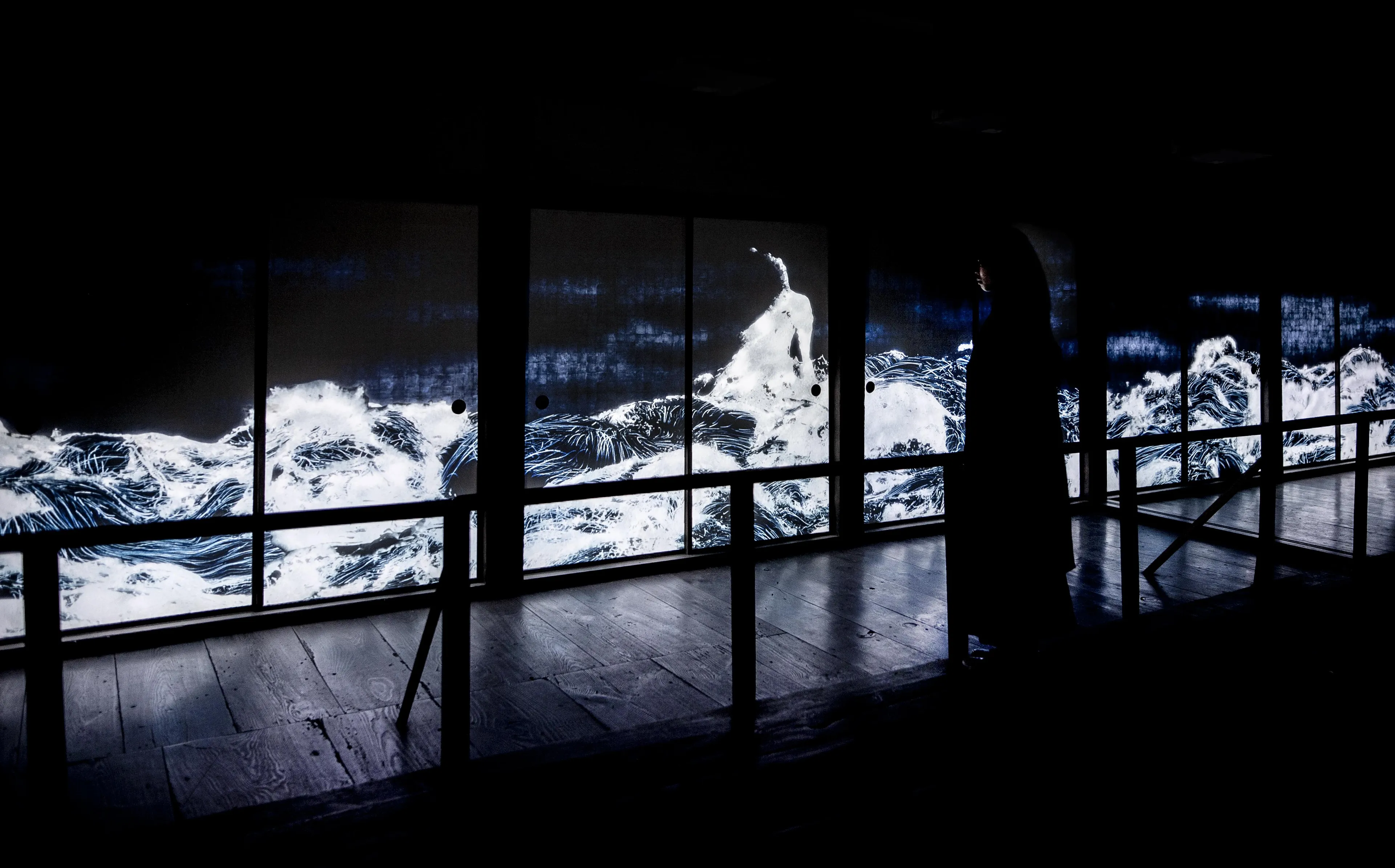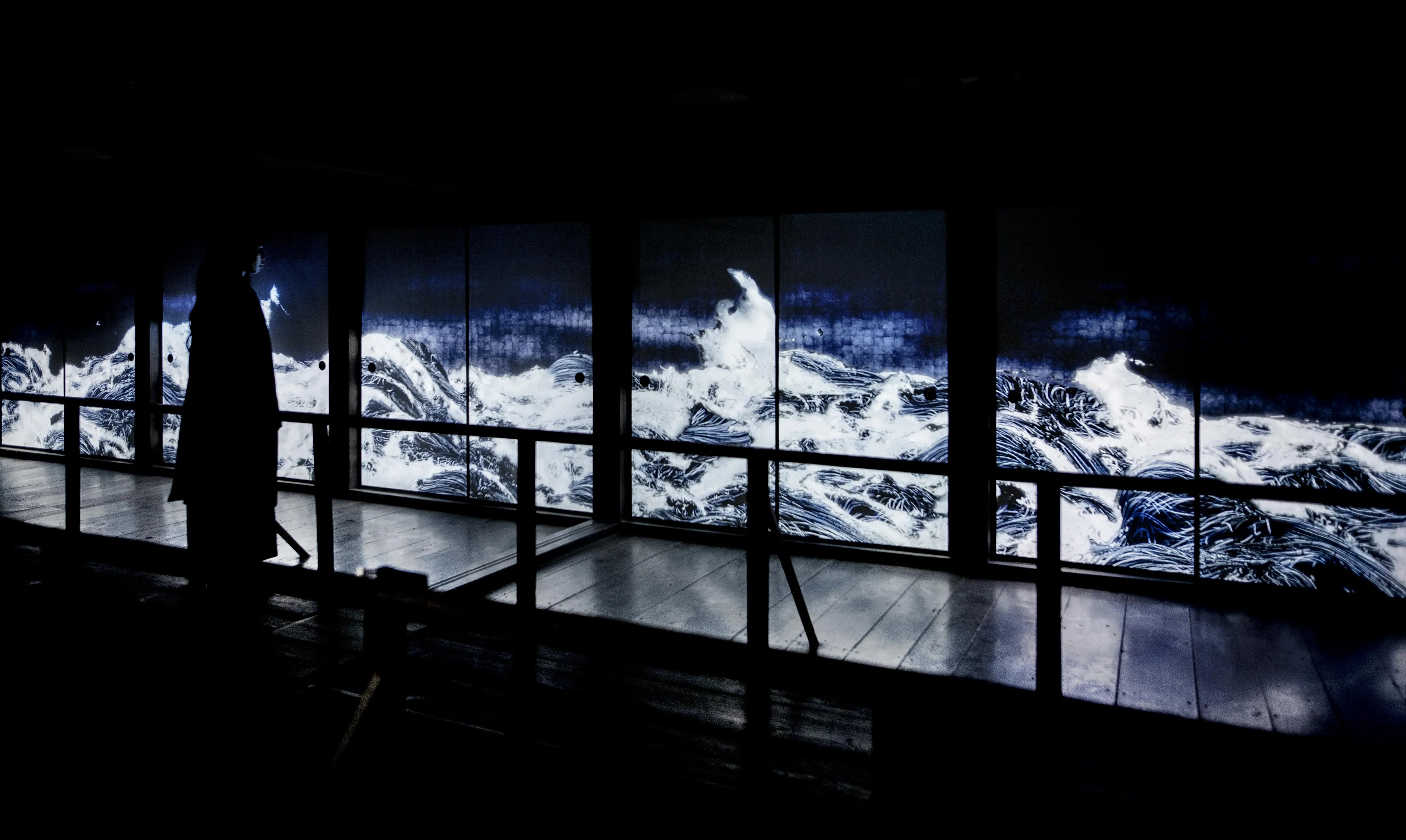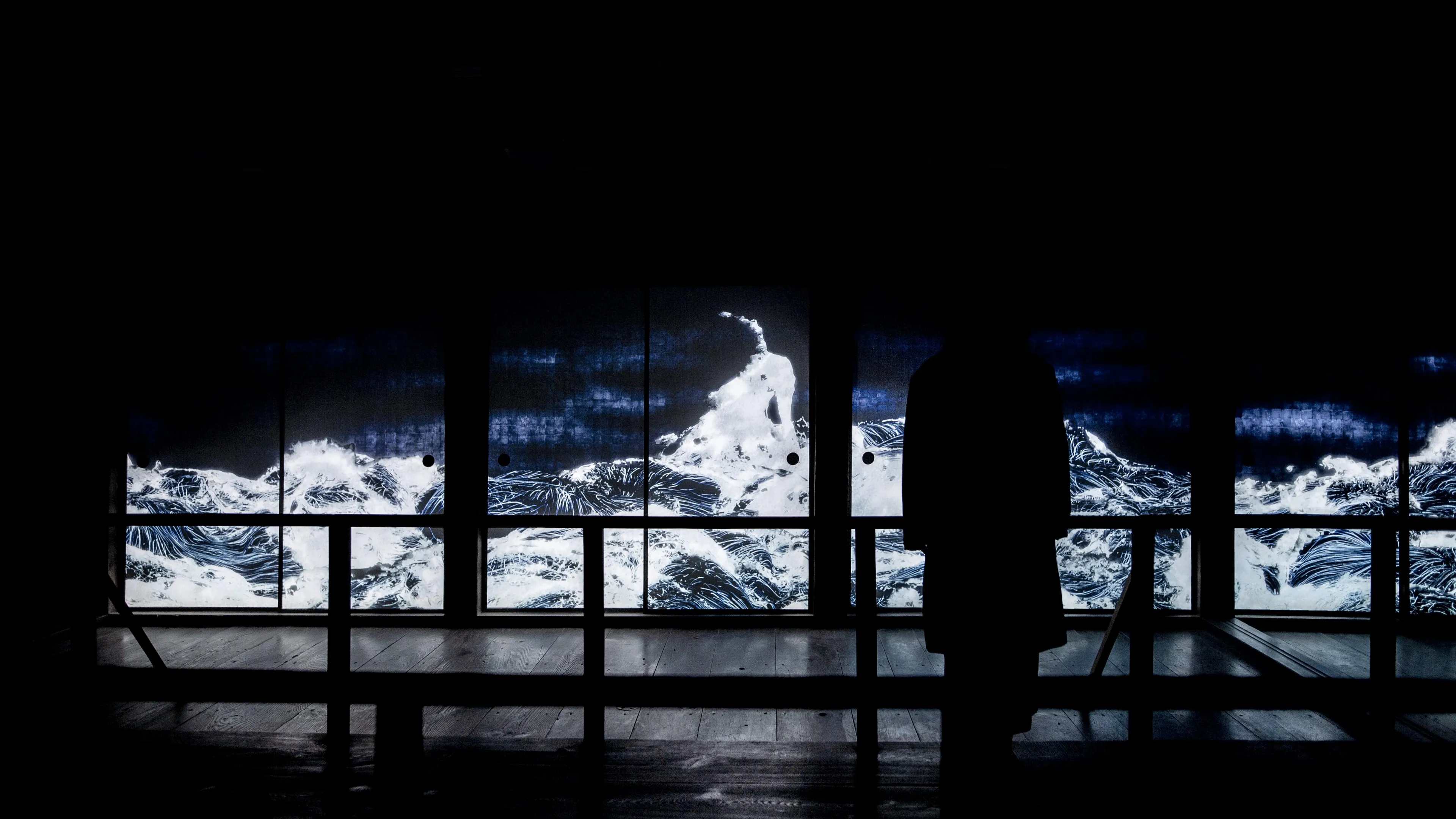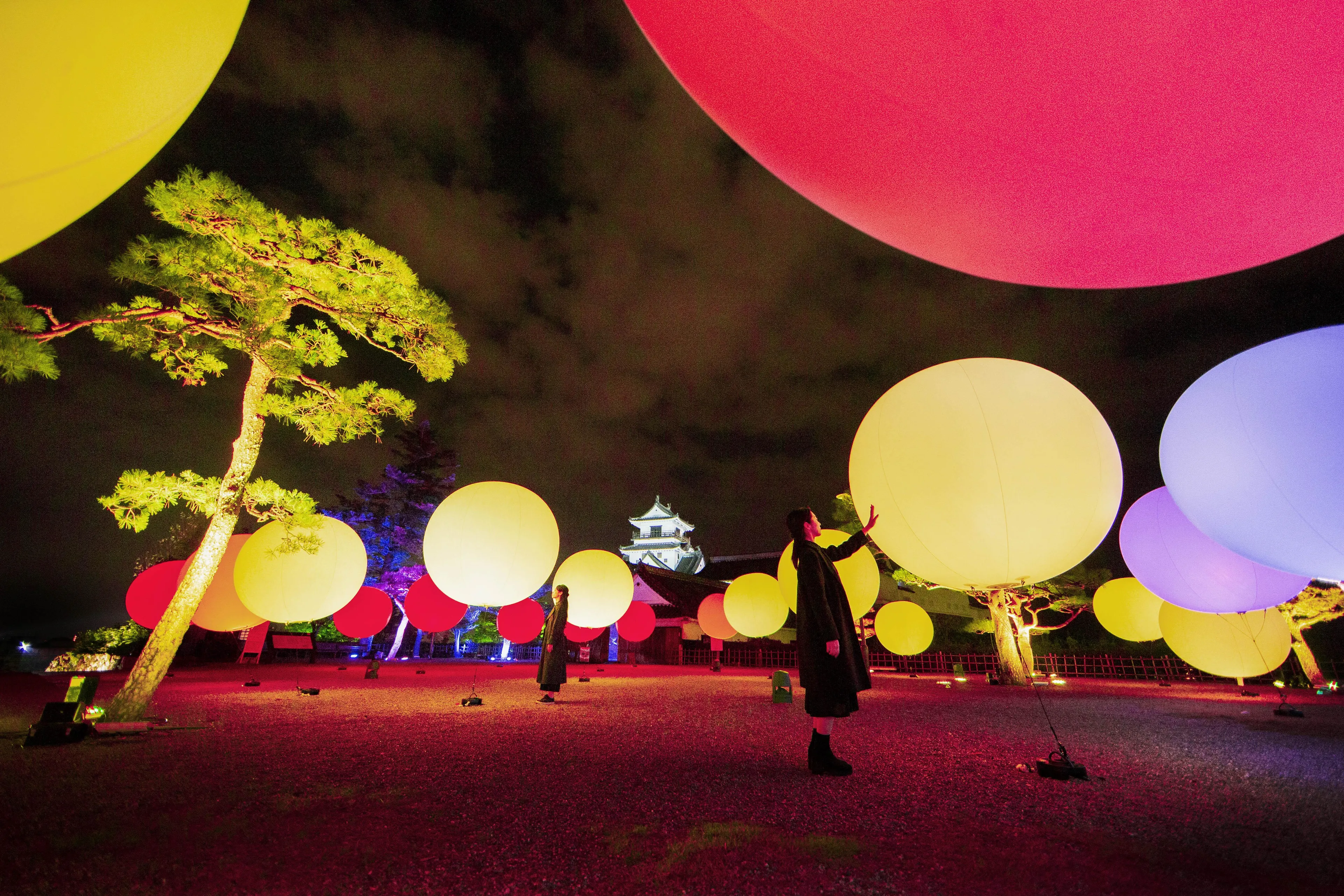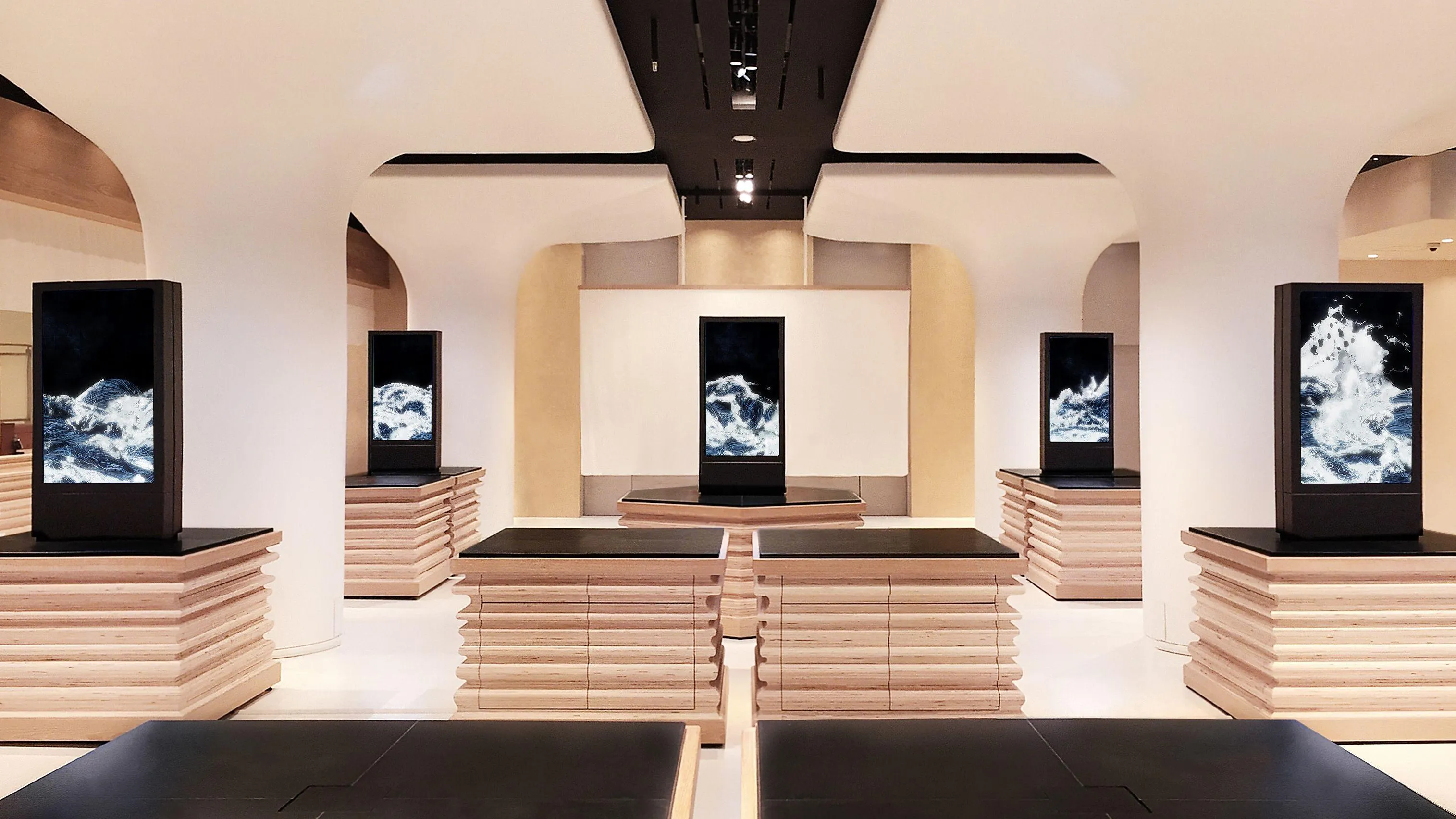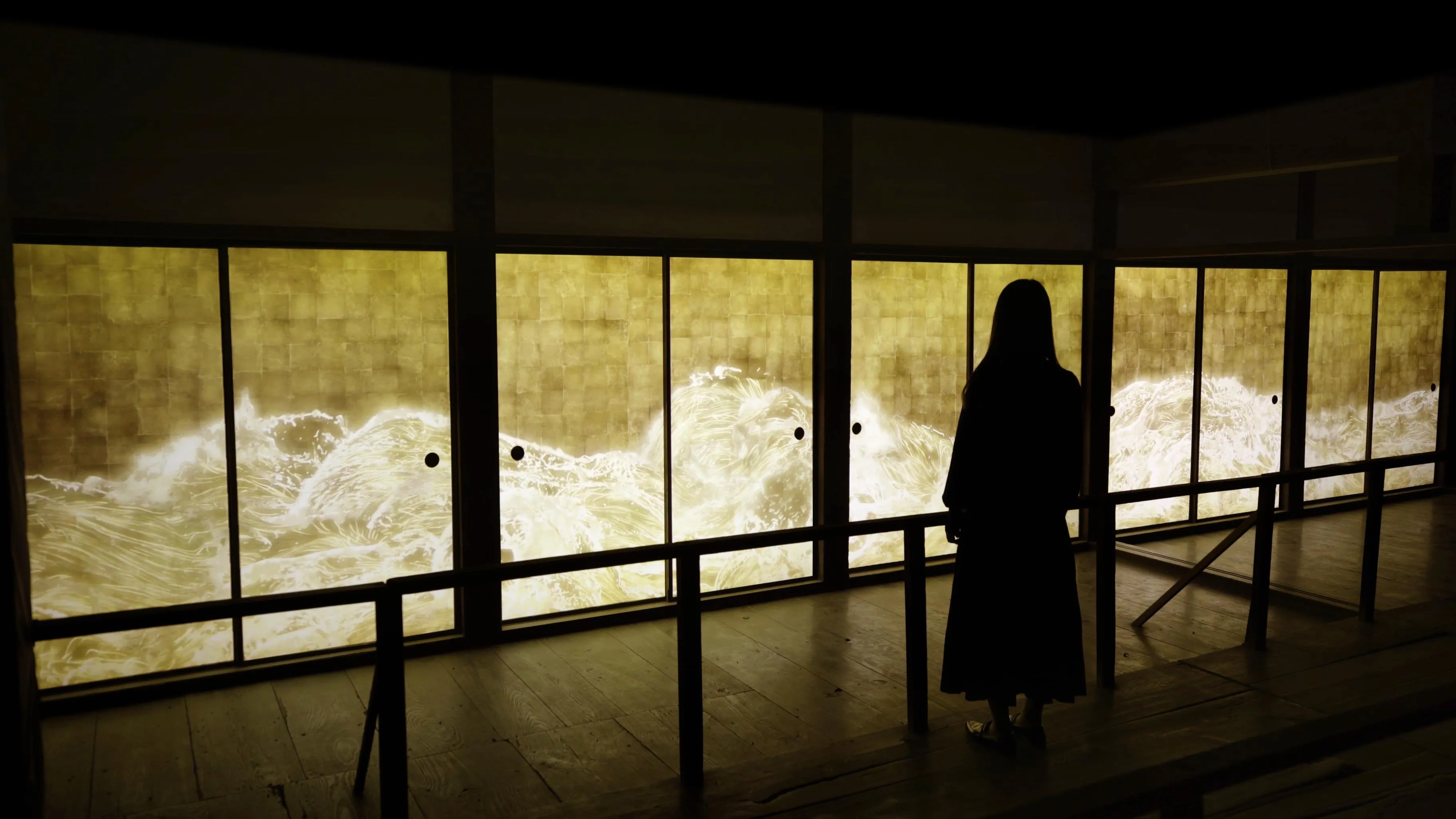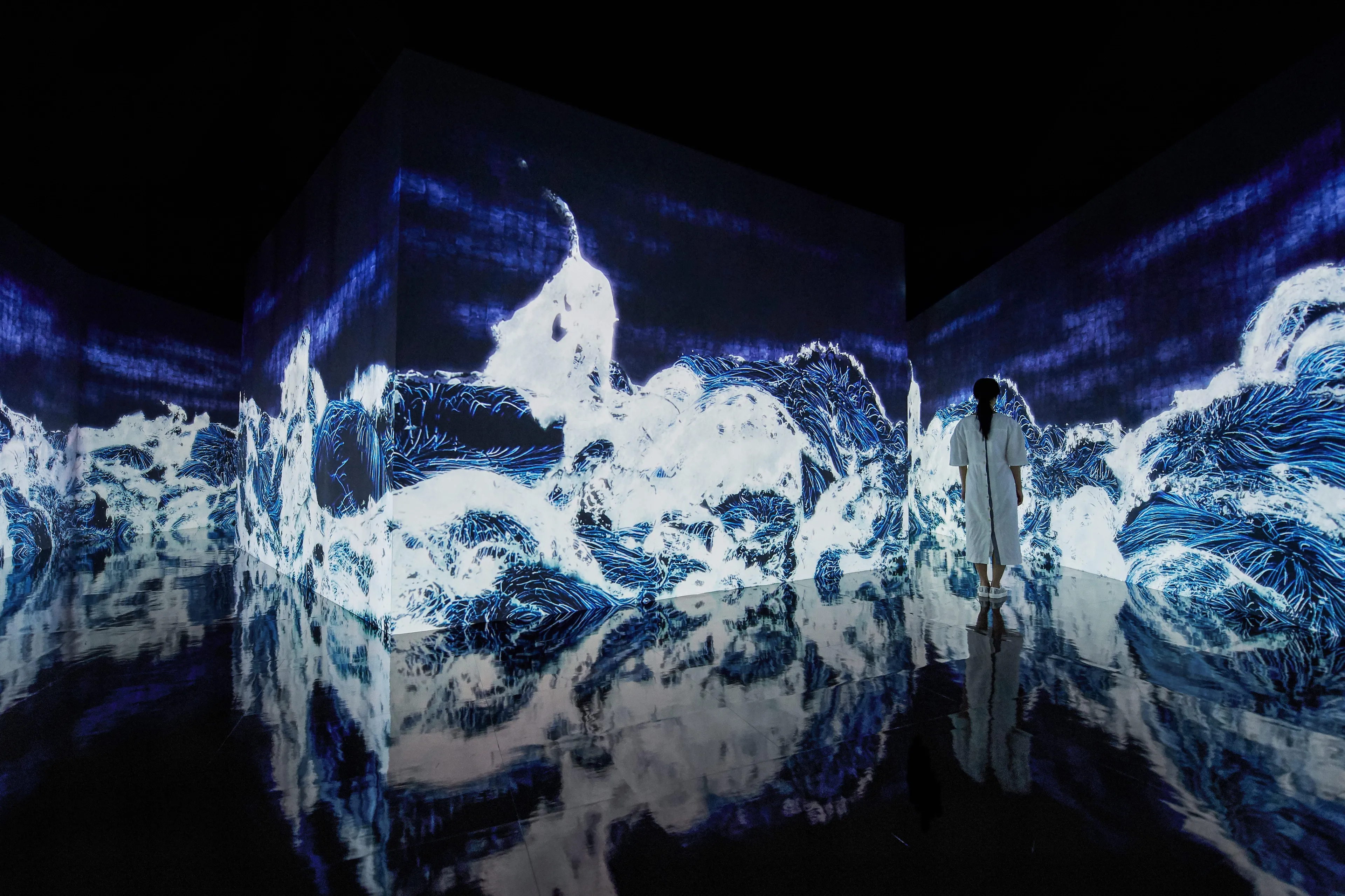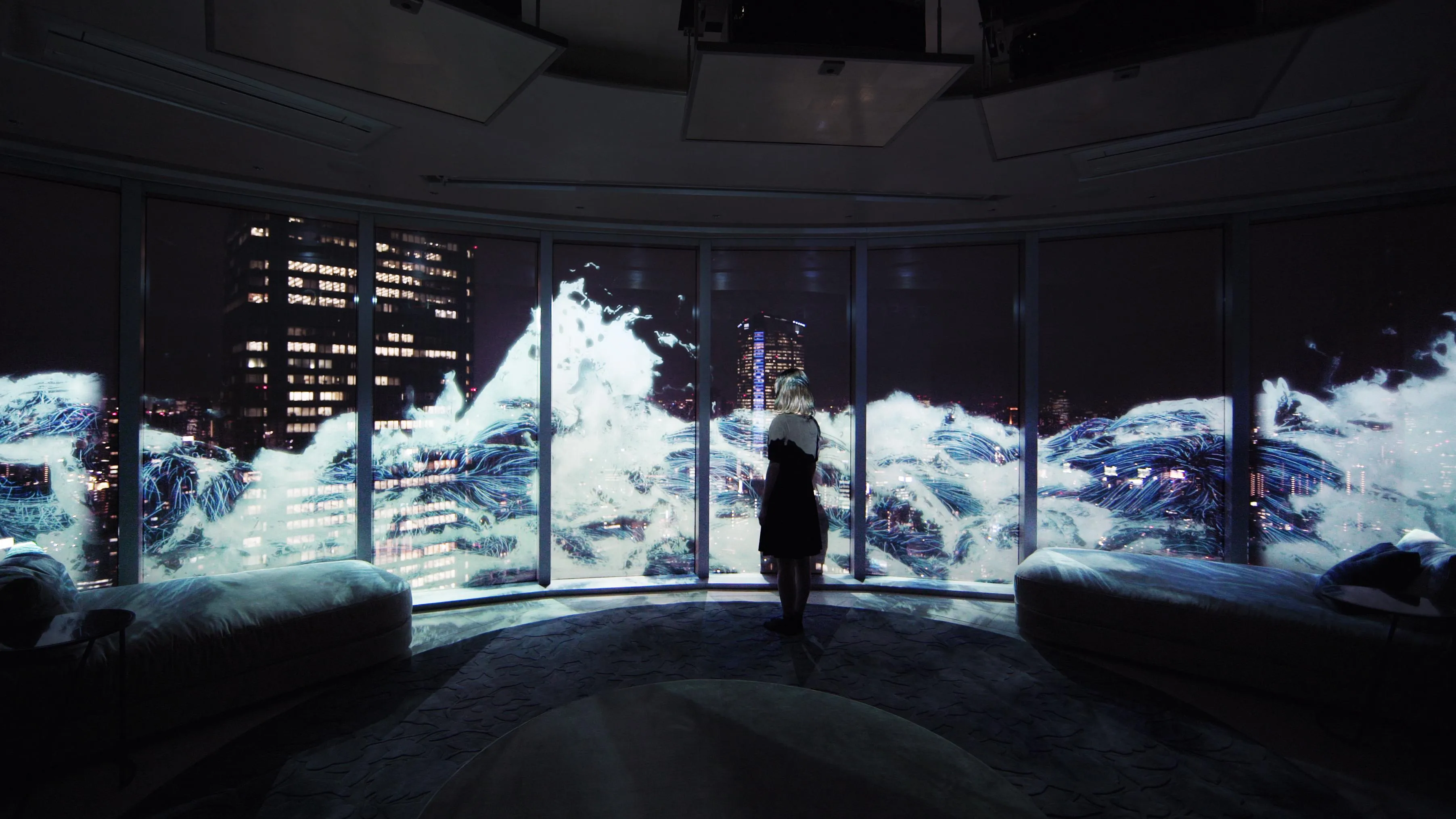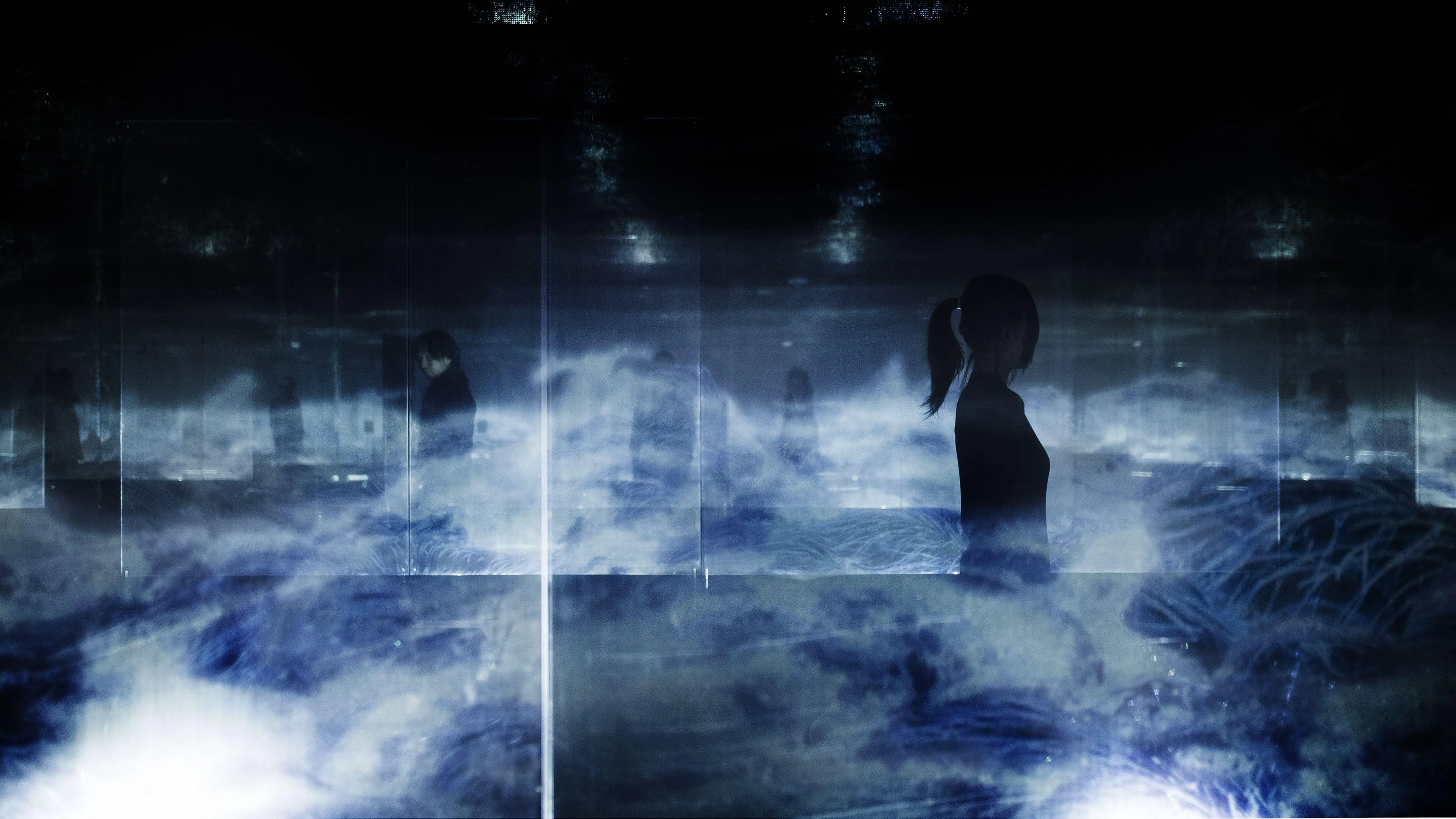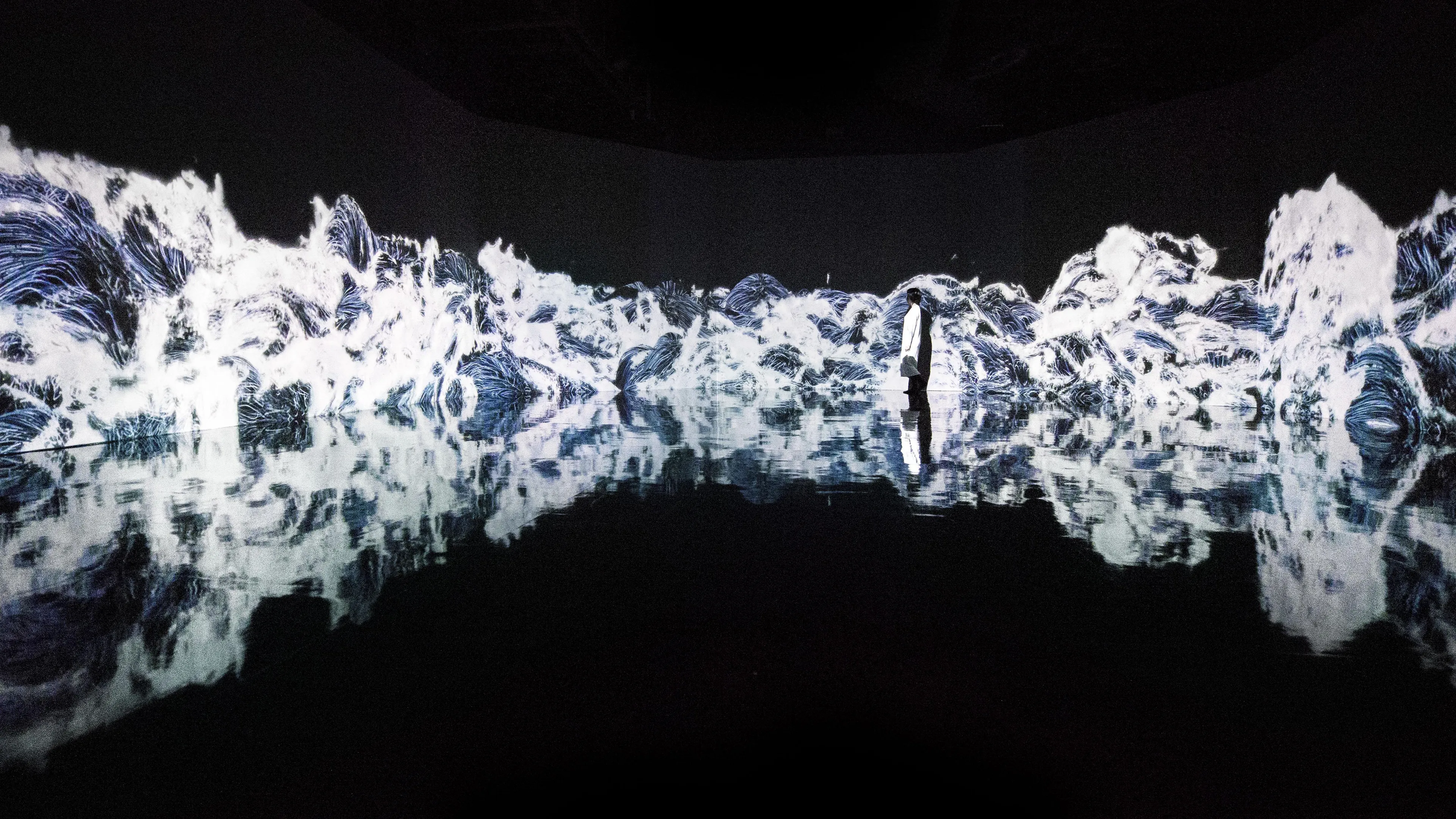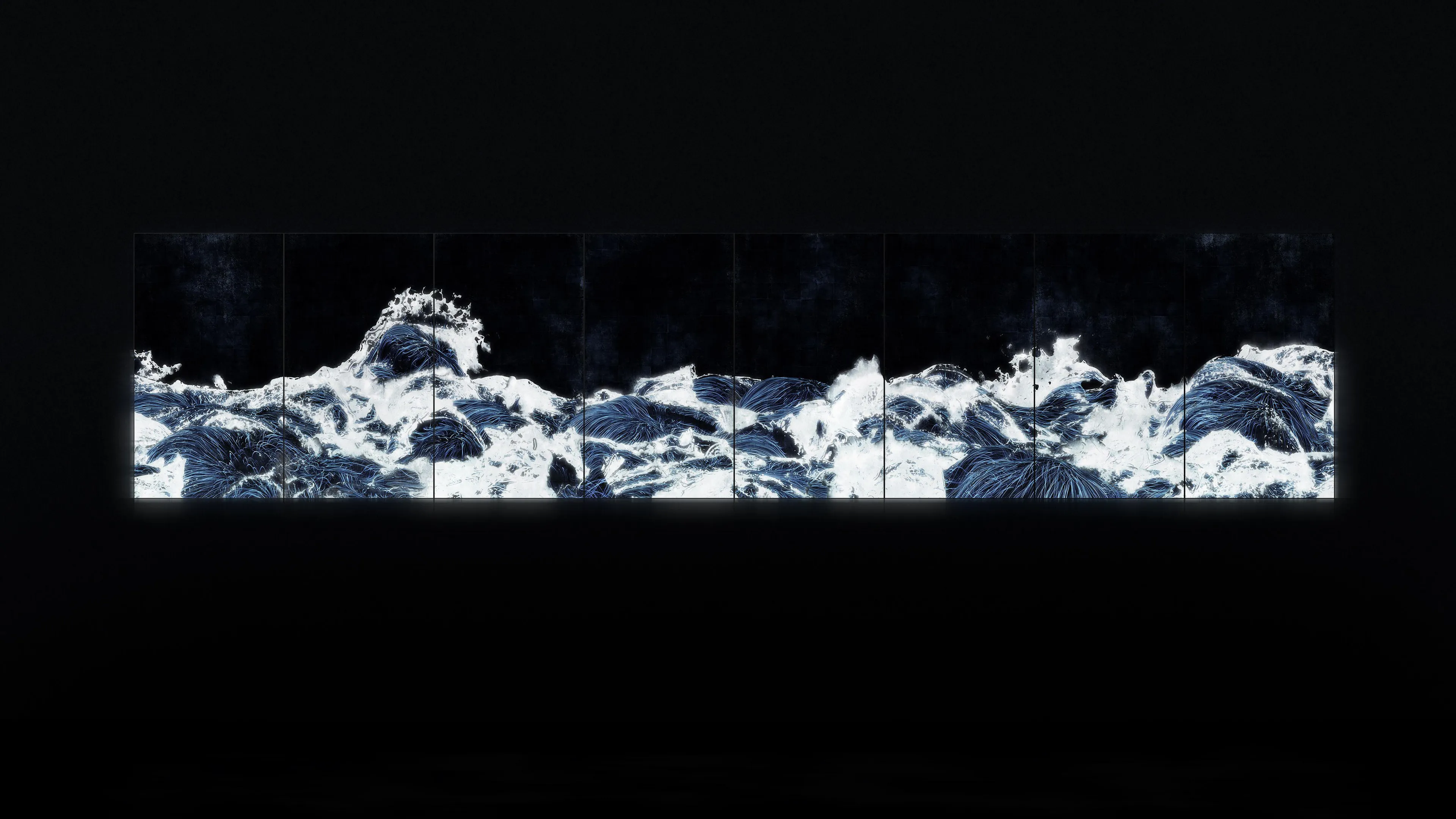Verscheen in Design Wanted op Dec 19, 2019
5 teamLab astounding projects from 2019
teamLab is a Japan-based studio seeking to merge art and technology as well as explore the relationship between humans and nature.
Combining the efforts from various individuals and fields of knowledge, from artists, designers, engineers, programmers, architects, and mathematicians, teamLab explores the relationship between humans and nature.(Excerpt from the text)

